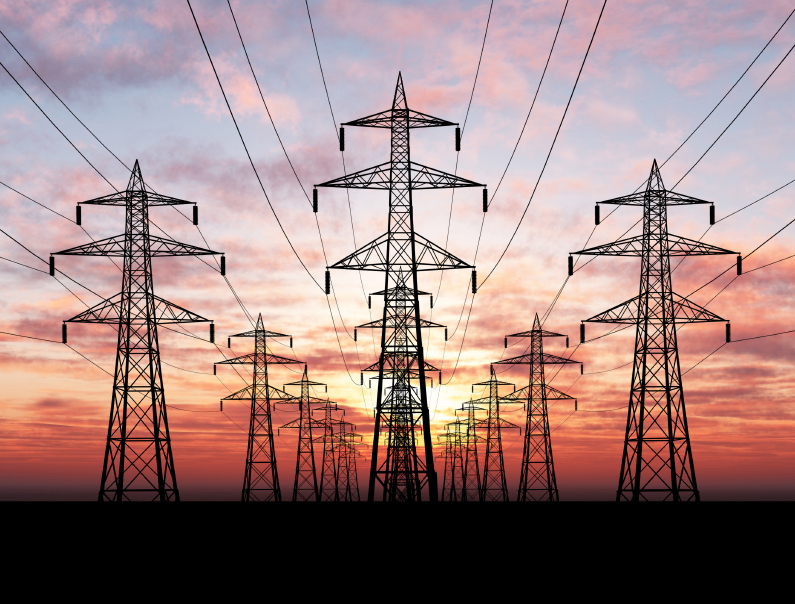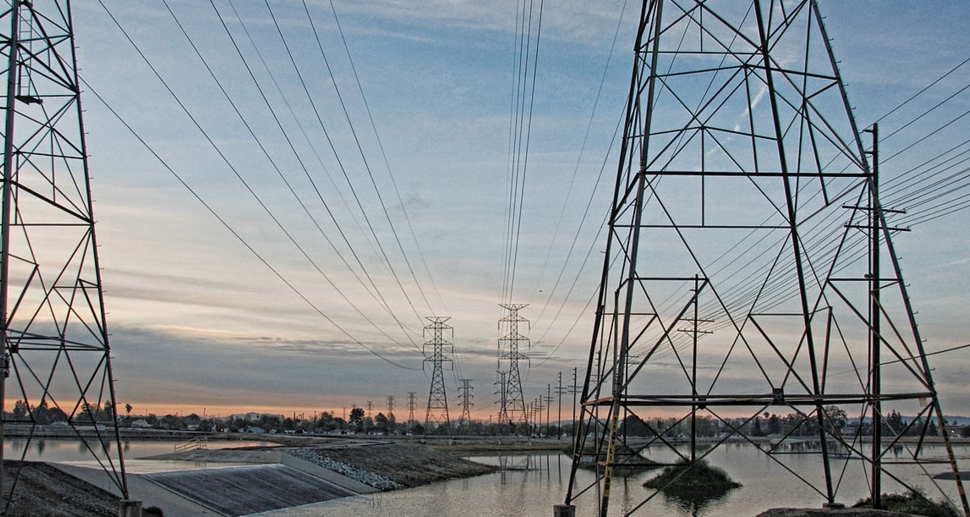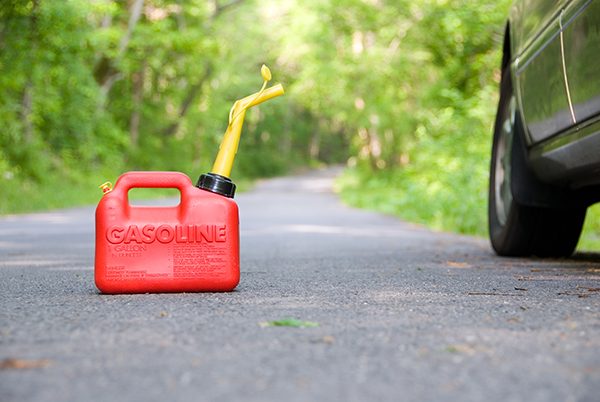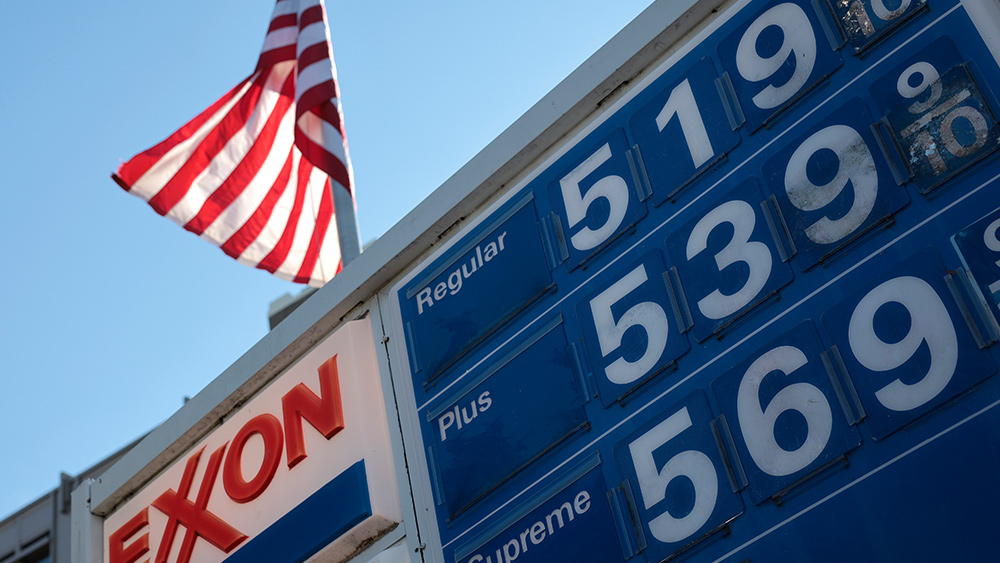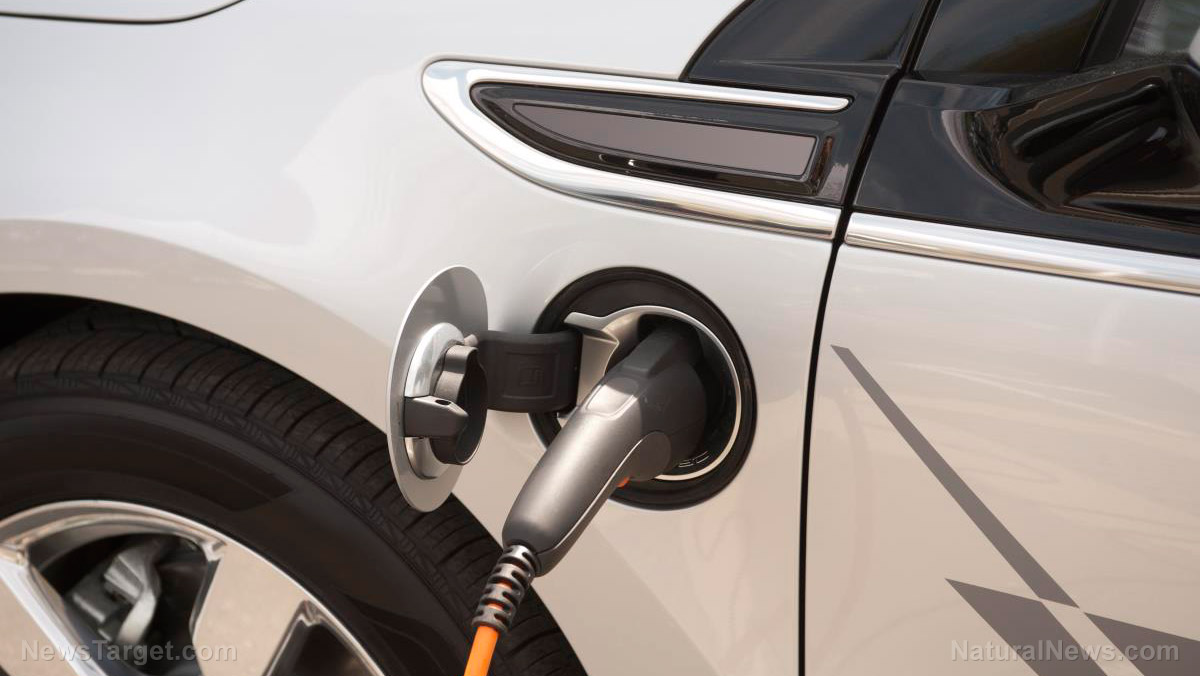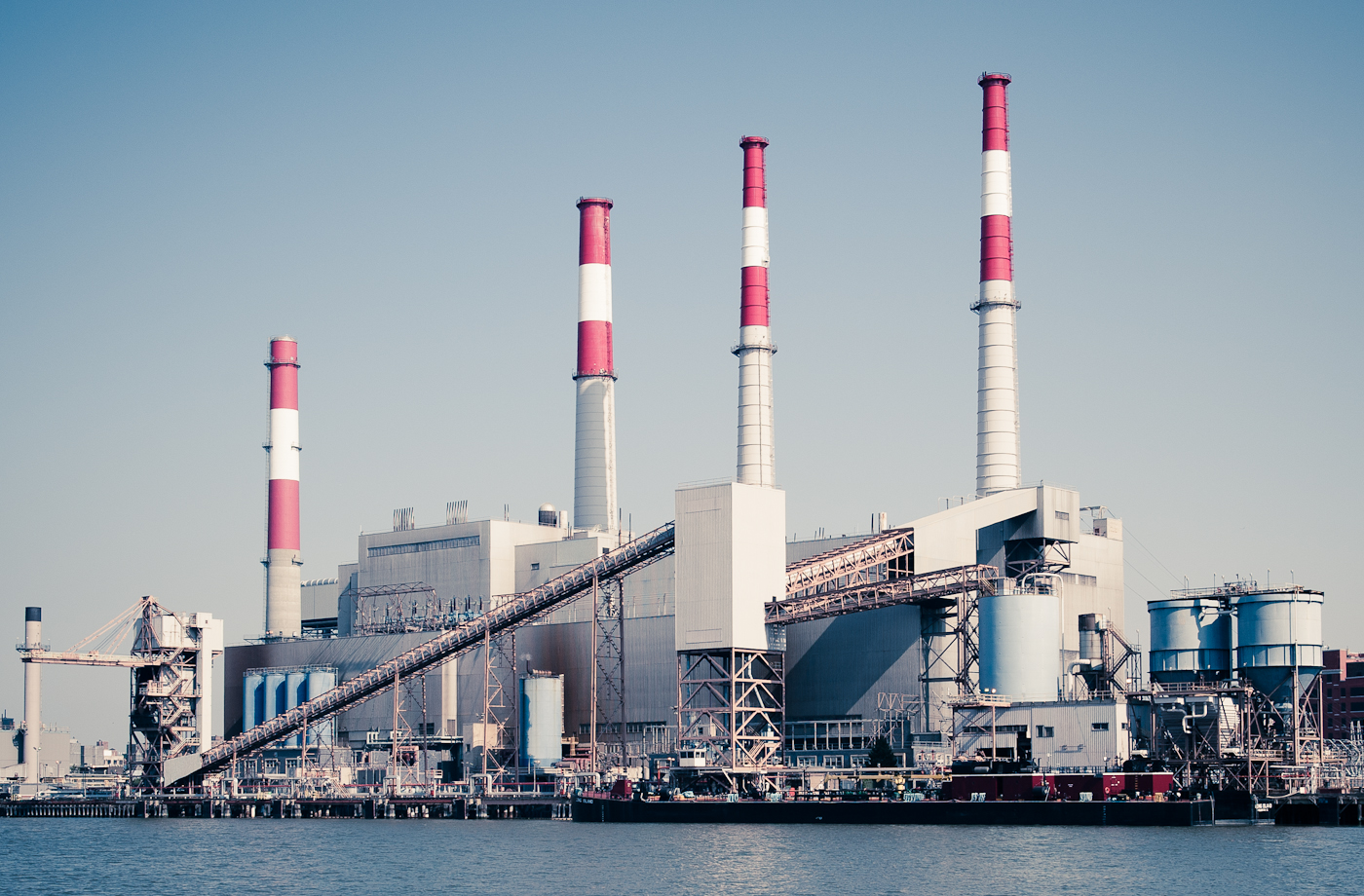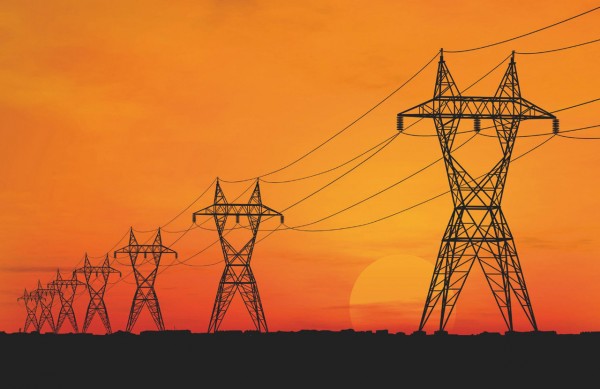Half of America to go dark this summer due to Biden’s “Build Blackouts Better”
05/22/2022 / By Ethan Huff

A perfect storm of megadroughts, heatwaves and reduced power generation thanks to “green” energy initiatives is shaping up to leave half of America completely in the dark this summer.
Rolling blackouts from the Great Lakes to the West Coast are expected to be a common occurrence this year, according to Bloomberg, citing a new report from the North American Electric Reliability Corporation (NERC), a regulatory body that manages the stability of the electrical grid.
NERC is warning that the West Coast especially will be extremely strained during the warmest months of the year. Historic drought conditions reduce hydroelectric power generation due to decreasing reservoir levels. This is already occurring at the Hoover Dam, which is just days away from dropping below 1,050 feet (if it has not already).
Once the largest hydroelectric dam in the world, the Hoover Dam is now at its lowest level on record. And this is just one of many such dams throughout the West that is in dire shape leading up to what is expected to be an extremely hot summer.
“Compound the hellacious weather backdrop with grids decommissioning fossil fuel power plants to fight climate change and their inability to bring on new green power generation, such as solar, wind, and batteries, in time, is a perfect storm waiting to happen that will produce electricity deficits that may force power companies into rolling blackouts for stability purposes,” reports Zero Hedge.
Of course they’re also blaming Russia, saying “cyberattacks” will take down the grid
Since last summer, power generation capacity across the western United States has declined by about 2.3 percent, even as demand is expected to increase. The Midwest is also in pretty bad shape, with the grid expected to be extremely tight throughout the summer months.
Some grids may have to source power from neighboring grids if they run into shortages, which could trigger blackouts. The NERC expects this, having warned last year that at least 40 percent of the country is now at risk of losing power at a moment’s notice, depending upon demand.
This year, expectations are even worse with at least half of the country expected to run into energy problems once the really bad heat arrives. Not only have conditions worsened since the last estimation, but more “green” energy has been installed to replace stable energy since that time as well.
The Electric Reliability Council of Texas (ERCOT) has issued multiple warnings as of late about how summer heatwaves could push that system over the edge. Texas is known to be hot and should be prepared, but after the freeze fiasco last year, there is no telling what will happen to the Lone Star State this year.
California is also in dire straits with a drought that is shrinking reservoir levels combined with the decommissioning of fossil fuel plants.
“We know that reliability is going to be difficult in this time of transition,” said Alice Reynolds, president of the California Public Utilities Commission, during a recent press conference.
Keep in mind that this is all expected to hit a time when gas and other energy prices are skyrocketing, inflation is through the roof, and food shortages are expected to increase. Hell on earth is about to be unleashed, it seems.
“America is slipping into the abyss as households get a taste of what it’s like to live in Venezuela,” warns Zero Hedge.
“It’s not that far off from what people are experiencing today: soaring inflation, shortages, a ruling regime which so many claim was not elected by the majority and soon, rolling blackouts.”
To keep up with the latest energy news as it develops, be sure to check out EnergySupply.news.
Sources for this article include:
Submit a correction >>
Tagged Under:
Biden, Blackouts, Build Blackouts Better, chaos, Collapse, drought, electricity, grid collapse, infrastructure, power grid, summer
This article may contain statements that reflect the opinion of the author
RECENT NEWS & ARTICLES
Electricity.News is a fact-based public education website published by Electricity News Features, LLC.
All content copyright © 2018 by Electricity News Features, LLC.
Contact Us with Tips or Corrections
All trademarks, registered trademarks and servicemarks mentioned on this site are the property of their respective owners.



